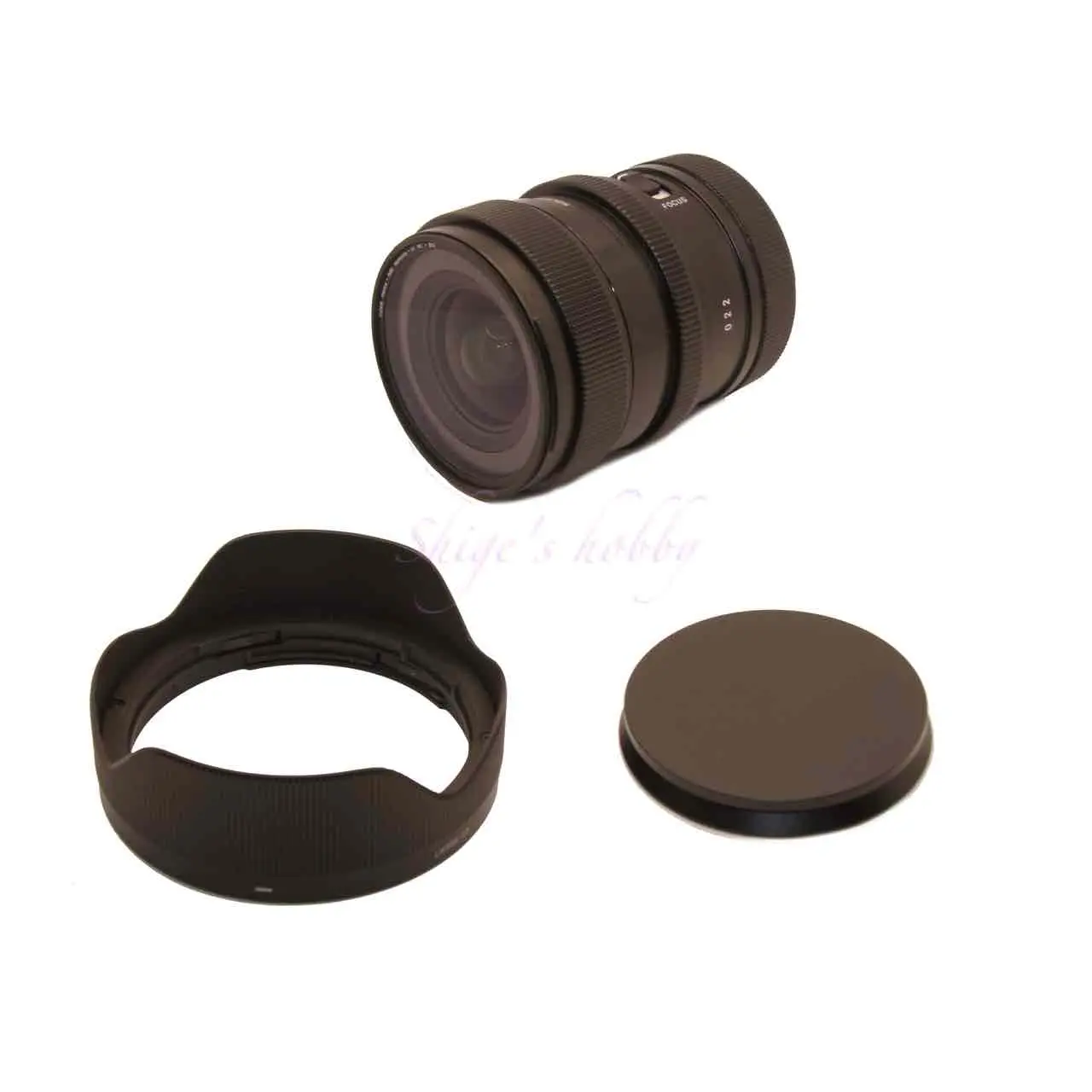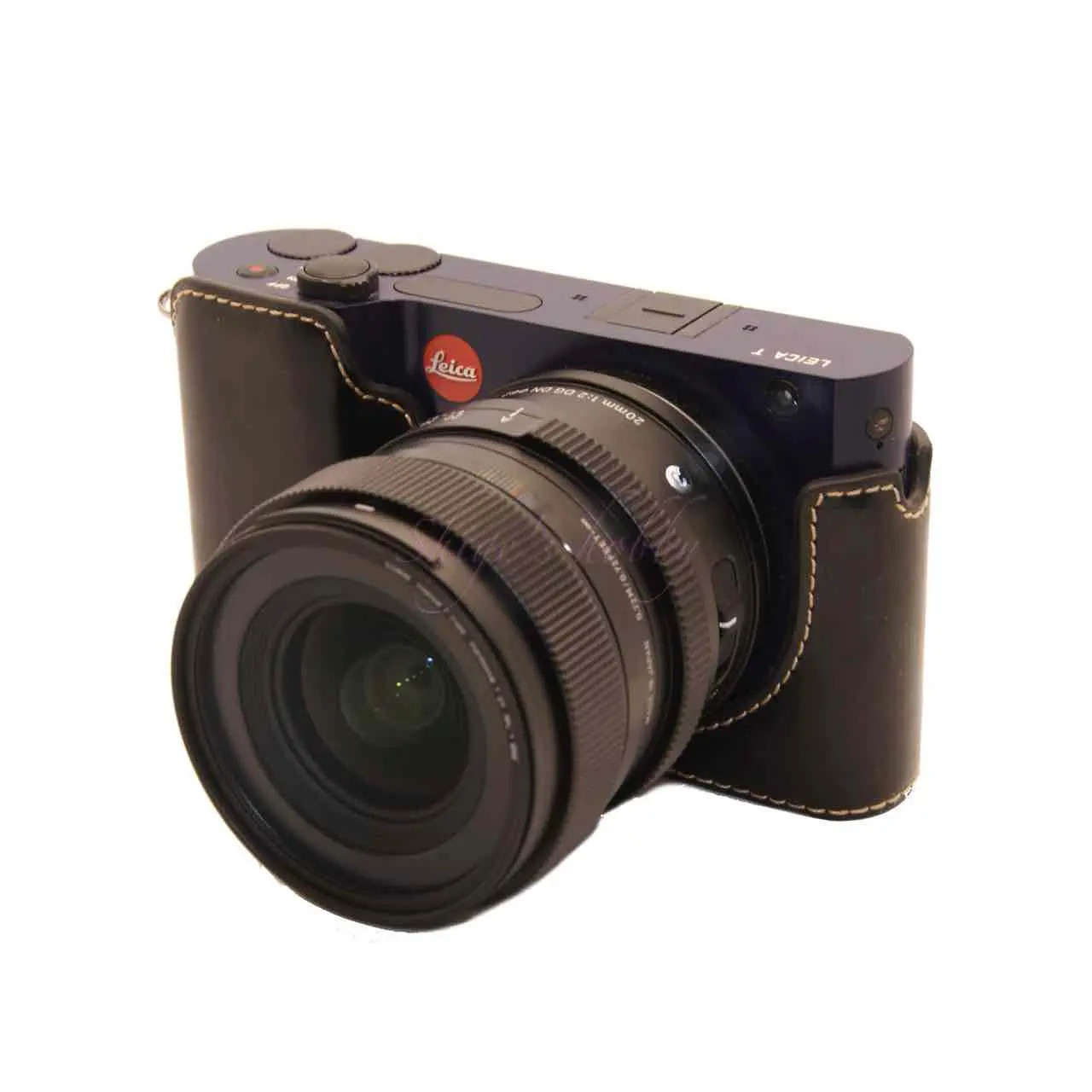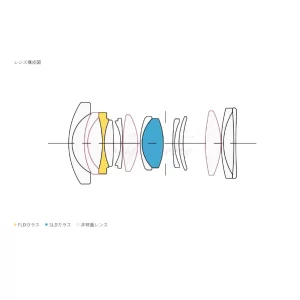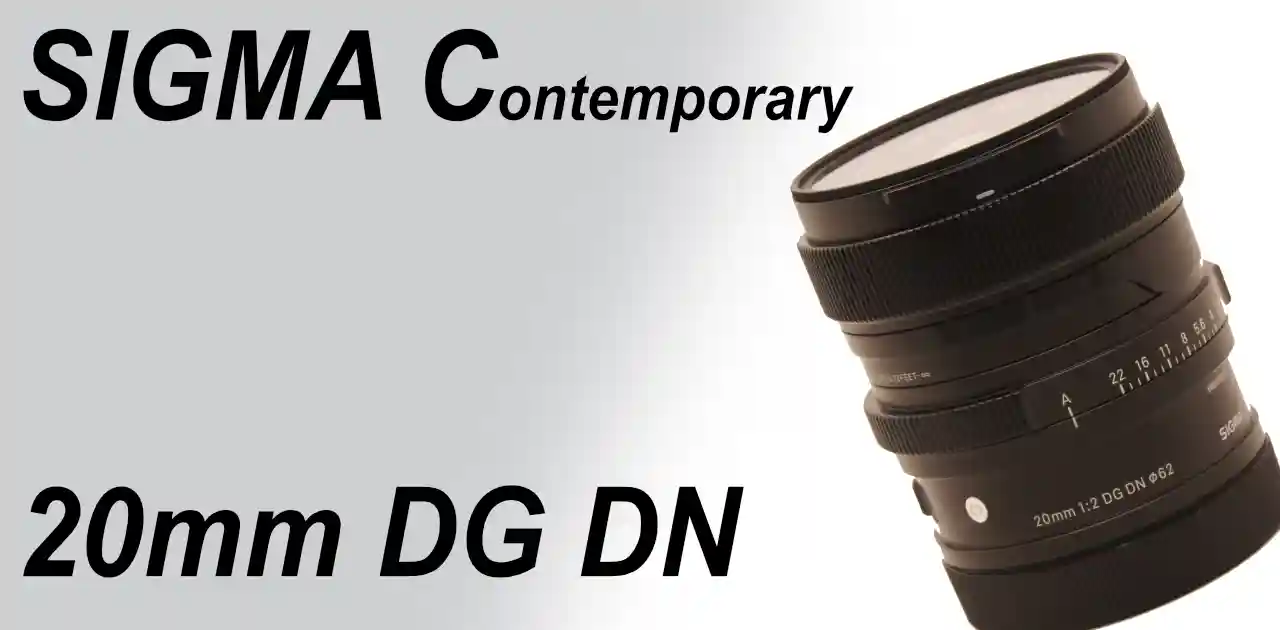Last updated on 2025-08-30
A review and sample photos using the SIGMA 20mm F2 DG DN Contemporary with the LEICA T typ701.
- Please see the disclaimer regarding advertising here.
- Italicized links in the text are advertisement links that take you to other sites.
Table of contents
Gallery
The following cameras were used to take the sample photos:
Review


1.Overview
The SIGMA 20mm F2 DG DN is a compact, standard-range prime lens for mirrorless cameras released in 2022. It features autofocus (AF) and covers 35mm full-frame (FF) sensors.
Available for Sony E and Leica L-mount cameras. A silver exterior color was added in 2025 to match the SIGMA BF.
Sigma lenses are often labeled simply with a list of specifications, which can be confusing but easy to understand. This lens’s official name is the SIGMA 20mm F2 DG DN | Contemporary, and it breaks down as follows:
- Manufacturer: Sigma
- Focal Length: 20mm
- Aperture: F2
- DG: Compatible with 35mm full-frame sensors
- DN: Short flange focal distance for mirrorless cameras
- Contemporary: Low-cost line
The lens is equipped with a focus ring, aperture ring, and AF/MF switch.
The minimum focusing distance is 0.2m.
The lens construction consists of 13 elements in 11 groups, with aspherical lenses, and is designed to take advantage of the characteristics of mirrorless cameras, with the rear element positioned very close to the sensor.

2.Usability
The SIGMA 20mm F2 DG DN’s rendering is excellent, with excellent correction for various aberrations and no noticeable vignetting even at the edges of the image, making it a reliable lens to use.
This lens is originally intended for use with 35mm full-frame sensors (full-frame), but I am using it with the LEICA T typ701, as my only L-mount camera is the 20mm x 1.5 = 30mm.
When attached to the LEICA T typ701, which has an APS-C sensor, the focal length is 20*1.5 = 30mm, which is narrower than 20mm but still sufficient to function as a wide-angle lens.
When using the lens with the LEICA T typ701, I found that the autofocus speed and accuracy were no problem for normal shooting. Macro shots were a little weak, with the image often going backwards. It also struggled when shooting through fences or bushes, areas where autofocus is generally not ideal.
These results depend largely on the camera’s autofocus algorithm, so your impressions will likely vary depending on the camera.
The lens barrel features a sharp design that combines slits and straight edges. The finish is luxurious, and the exterior looks more than worth the price. As for image quality, as long as you’re careful about camera shake, it delivers perfectly fine images for a modern lens.
Sigma’s standard magnetic lens cap cannot be attached if you attach a standard aluminum filter, as the magnetic force is blocked.
Even without the hood, there’s no suspicious light coming in in backlit situations, demonstrating the advances in coating technology. A fairly bulky hood comes standard, but I don’t use it.
Also, on my Leica T typ701, the aperture ring on the lens was merely decorative; aperture value had to be set on the camera. Sigma lenses began incorporating aperture rings around the time the ART series was released, but the Leica T series hasn’t supported on-lens aperture rings since then. And since the camera is over 10 years old and hasn’t had any firmware updates, I can’t expect it to be supported. It’s a shame, as being able to adjust aperture on the lens is extremely convenient for a camera with few physical buttons.
3.Summary
In conclusion, to sum up the SIGMA 20mm F2 DG DN is a compact lens compatible with 35mm full-frame sensors. It’s a lens that matches well with the SIGMA f-series and BF-series cameras, although with a huge body like the LEICA SL, the lens size feels out of balance. It also matches well with the LEICA T typ701, which has an APS-C sensor.
The image quality is sharp, as expected of Sigma lenses from the 2020s, and aberrations are well controlled, making it a highly refined lens.
Specifications, considerations, etc.
This SIGMA series, compatible with full-frame sensors and with an F2 maximum aperture, has the same maximum F-number as Leica’s Summicron series.
The APO Summicron series of lenses for Leica L-mount full-frame sensors is larger in size, as a result of the concept of standardizing lens barrel sizes to reduce costs. Comparing the SIGMA 20mm F2 DG DN with the APO Summicron SL 21mm F2, which has roughly the same focal length, the two are only 3mm thicker, but the lens length from the mount is 30mm longer, the weight is 500g heavier, and the price is more than 10 times higher.
In the Leica SL Summicron series, the APO lenses are original to Leica, but the non-APO Summicron lenses are said to be OEM products from Panasonic. If that were the case, replacing the non-APO SUMMICORN series with this Sigma lens might have enriched the lens lineup, but as of 2025, almost all zoom lenses for the Leica L-mount are made by Sigma, with the exception of older Leica original lenses, so changing prime lenses to Sigma lenses as well may have been considered a step too far and the plan has been put on hold.
As such, Sigma has a solid lineup of nine affordable prime lenses for 35mm full-frame sensors, ranging from 17mm to 90mm.
The DG DN lens line consists of five lenses with a unified maximum aperture of f/2: 20mm, 24mm, 35mm, 50mm, and 65mm. The lens line consists of four lenses with a unified filter diameter of 55mm: 17mm, 24mm, 45mm, and 90mm.
The SIGMA 20mm F2 DG DN is part of a lens line that unifies lenses with an aperture of F=2. A key feature of this series is that the F=2 aperture makes the lenses smaller and lighter than the Art Line series, which has an F=1.4 aperture.
The 20mm focal length is considered an entry-level wide-angle lens among the lenses released by various manufacturers, and there are many competitors.
Sigma offers multi-mount lenses for various cameras, and the SIGMA 20mm F2 DG DN is also available for the SONY FE mount. SONY offers its own FE 20mm F1.8 G, which has an aperture of F=1.8 and is faster than the Sigma lens.
The SONY FE 20mm F1.8 G was released in 2020, three years earlier than the Sigma lens, but its brighter F=2 aperture makes it slightly larger and heavier than the Sigma lens. The SONY 20mm has the advantage in terms of minimum focusing distance, at 0.19m with autofocus and 0.18m with manual focus, allowing you to get closer to the subject than the SIGMA 20mm F2 DG DN.
The SONY FE 20mm F1.8 G is a fairly high-end lens, with a list price of around 150,000 yen (excluding tax).
There seem to be a plethora of used lenses available, and you can purchase one second-hand for about half the original price.
| Items | SIGMA DG DN | SONY FE |
| Focal length(mm) | 20 | 20 |
| Max aperture | 2 | 1.8 |
| Min aperture | 22 | 22 |
| Leaf blade | 9 | 9 |
| Lens Construction | 13 elements in 11 groups (1 FLD, 1 SLD, 3 aspherical lenses) | 14 elements in 12 groups (2 highly aspherical AA lenses, 3 ED lenses) |
| Min distance(m) | 0.2 | 0.19(AF) 0.18(MF) |
| Lens length(mm) | 72.4 | 85 |
| Max diameter(mm) | 70 | 74 |
| Filter Size(mm) | 62 | 67 |
| Weight(g)lens only | 370 | 373 |
| Release date | 2022 | 2020.3.13 |
| Edition Number | C022 | – |
| Price(Yen/No-tax) | Transition to open pricing from July 2023 | ¥154,000 |
- SIGMA DG DN(F2 series)
| Items | SIGMA DG DN | SIGMA DG DN | SIGMA DG DN | SIGMA DG DN | SIGMA DG DN |
| Focal length(mm) | 20 | 24 | 35 | 50 | 65 |
| Max aperture | 2 | 2 | 2 | 2 | 2 |
| Min aperture | 22 | 22 | 22 | 22 | 22 |
| Leaf blade | 9 | 9 | 9 | 9 | 9 |
| Lens Construction | 13 elements in 11 groups (1 FLD, 1 SLD, 3 aspherical lenses) | 13 elements in 11 groups (1 FLD, 2 SLD, 2 aspherical lenses) | 10 elements in 9 groups (1 SLD, 3 aspherical lenses) | 11 elements in 9 groups (1 SLD, 3 aspherical lenses) | 12 elements in 9 groups (1 SLD, 2 aspherical lenses) |
| Min distance(m) | 0.2 | 0.25 | 0.27 | 0.45 | 0.55 |
| Lens length(mm) | 72.4 | 72 | 65.4 | 68 | 75 |
| Max diameter(mm) | 70 | 70 | 70 | 70 | 72 |
| Filter Size(mm) | 62 | 62 | 58 | 58 | 62 |
| Weight(g)lens only | 370 | 365 | 325 | 350 | 405 |
| Release date | 2022 | 2021 | 2020 | 2023 | 2020 |
| Edition Number | C022 | C021 | C020 | C023 | C020 |
| Price(Yen/No-tax) | Transition to open pricing from July 2023 | Open | Open | Open | Open |
Reference links
- SIGMA 20mm F2 DG DN・SIGMA official page
- FE 20mm F1.8 G・SONY official page
- LEICA T typ701・Shige’s hobby
- LEICA CL typ7323・Shige’s hobby
- LEICA SL Typ601・Shige’s hobby
Affiliate links

Update history
- 2025.8.25



Be First to Comment